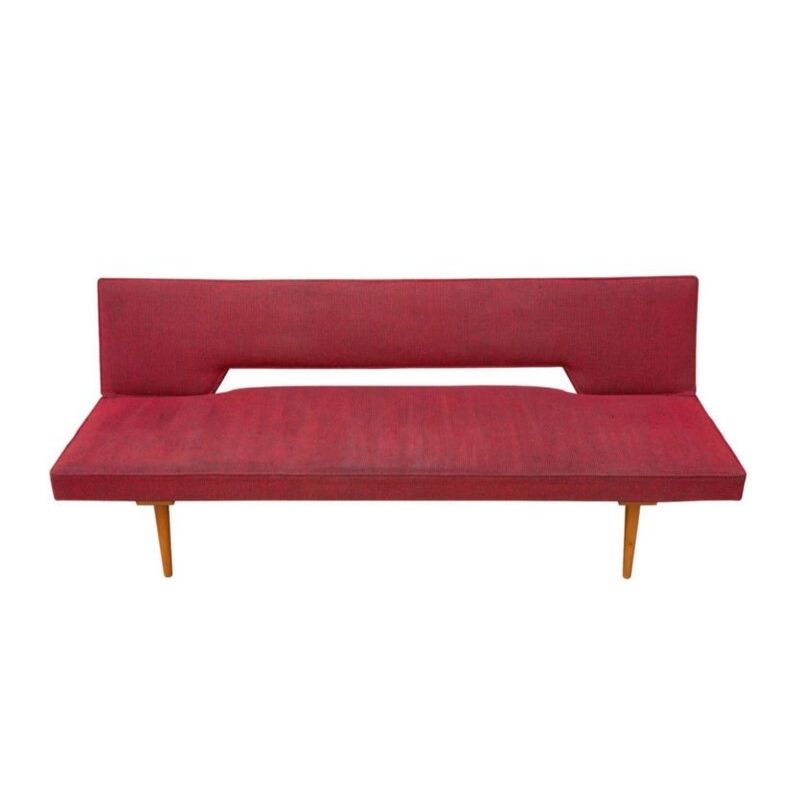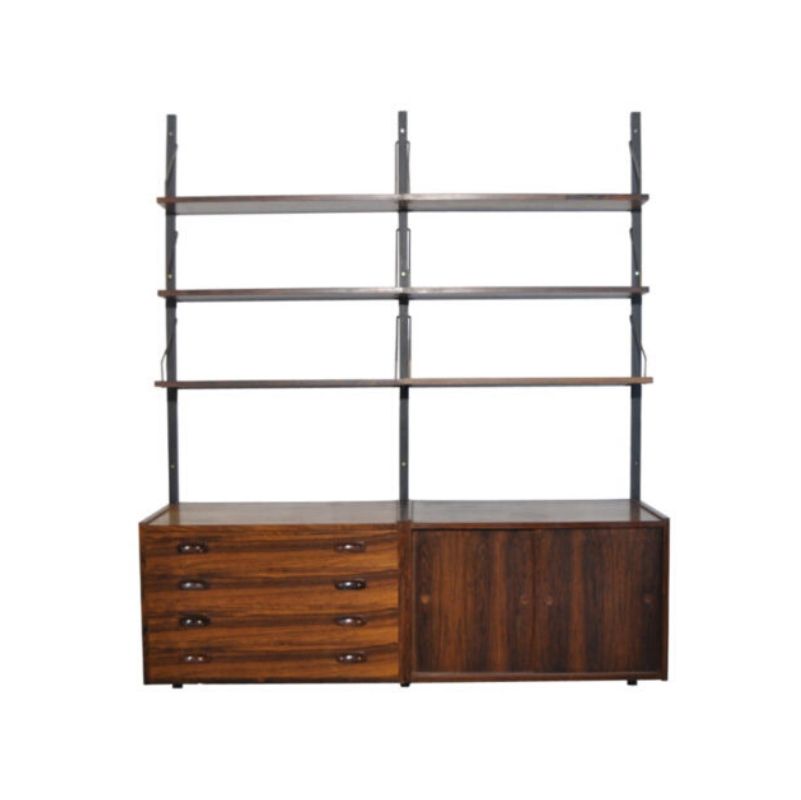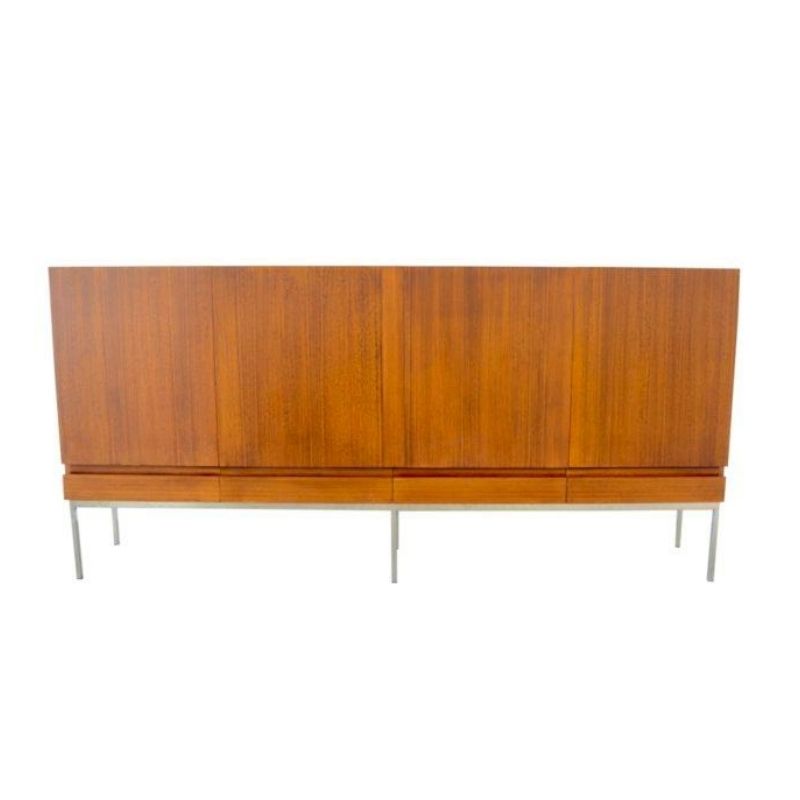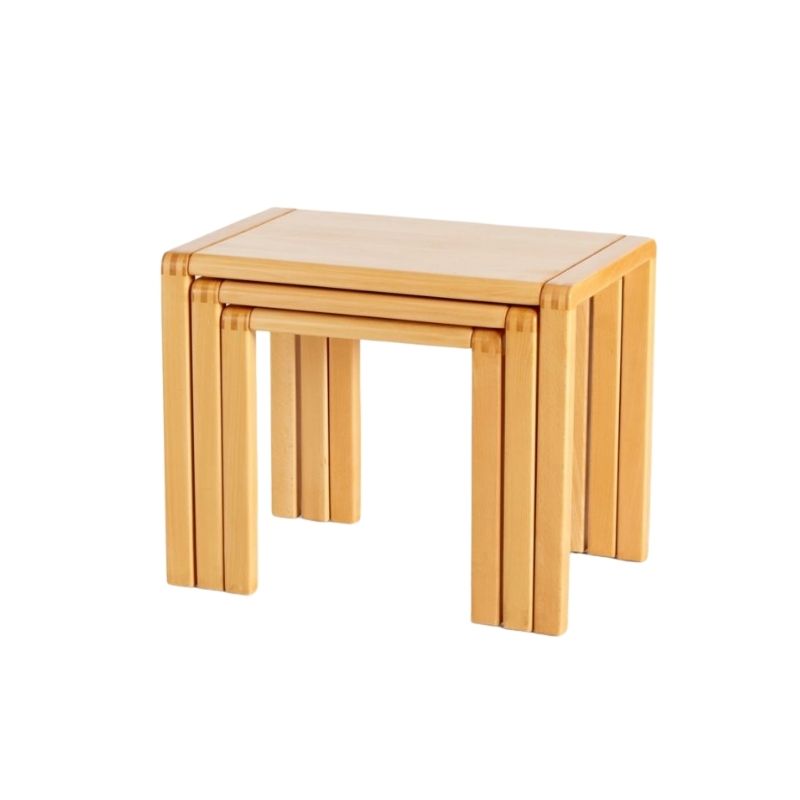What constitutes "beauty"? What makes "meaning"?
I enjoyed your comments SDR. (and I must have been referring to your Nelson bench label comments on the other nelson bench thread)
To many, the "patina of life" is quite beautiful... to a certain extent because of the "good" visuals (for instance, I like orangey colored wood) and it is obvious that to some degree this is a "learned aesthetic", all mixed up with what constitutes "authentic oldness".
I know for many, its about investment, and "proof" = dollars, etc., and its hard to separate the aesthetics from investment bias, but I would like to try to keep it pure for the moment, for this discussion.
To me, the patina and yes, even the "traumatic incidents" that the piece incurred over its lifetime-- can add up to an amazingly beautiful result.
And it can add up to an unfortunate MESS just as easily.
But the really bad examples of time/wear only goes to make the "pleasing" result more rare and exceptional. How that piece navigated the rapids of life and proudly wears all of its dings and experiences and still looks great (even to the point where it tells a story sometimes) is a very cool thing to me. To me it is far more interesting and meaningful when "clues" are there for the reading.
But when a piece's life of use adds up to a really uninteresting or clunky visual "thud", then I guess I would have to become a believer in what you are talking about in your above post. PERFECTION has its own strength, and unique sound too. Perfection is a different kind of amazing from the patina kind.
After hearing the way you think about it, I like the idea of restoration a little bit more now.
It's great when the patina of time adds up to "beauty"-- but when it doesn't, I agree that a new round of "perfect" can be far better. It is refreshing to hear you talk about coatings (and failed coatings) for what they really are.
We probably all have different standards by which authenticity is measured.
Conservation
It's a good idea to contact your state gallery or museum to get conservation advice and perhaps information on the best practices for maintaining the integrity of your furniture. If a piece is rare, it's of more value to be kept original, to show it's history. If a piece is quite common, then perhaps it matters less if you restore it.
If you need any help, please contact us at – info@designaddict.com









